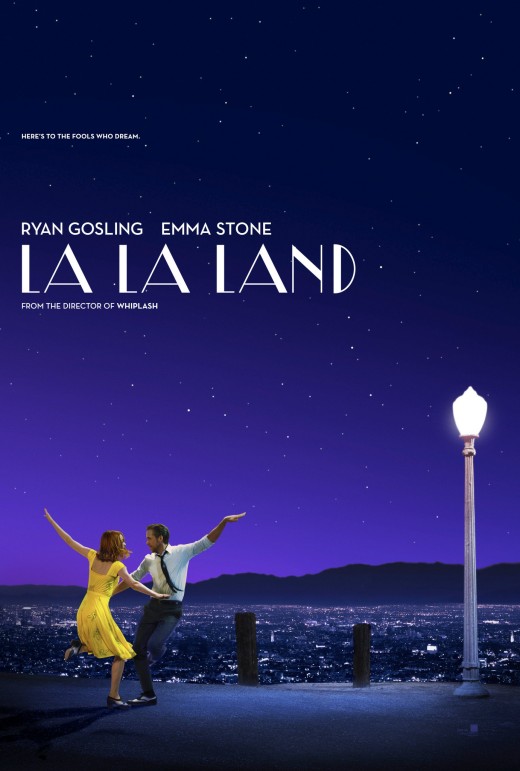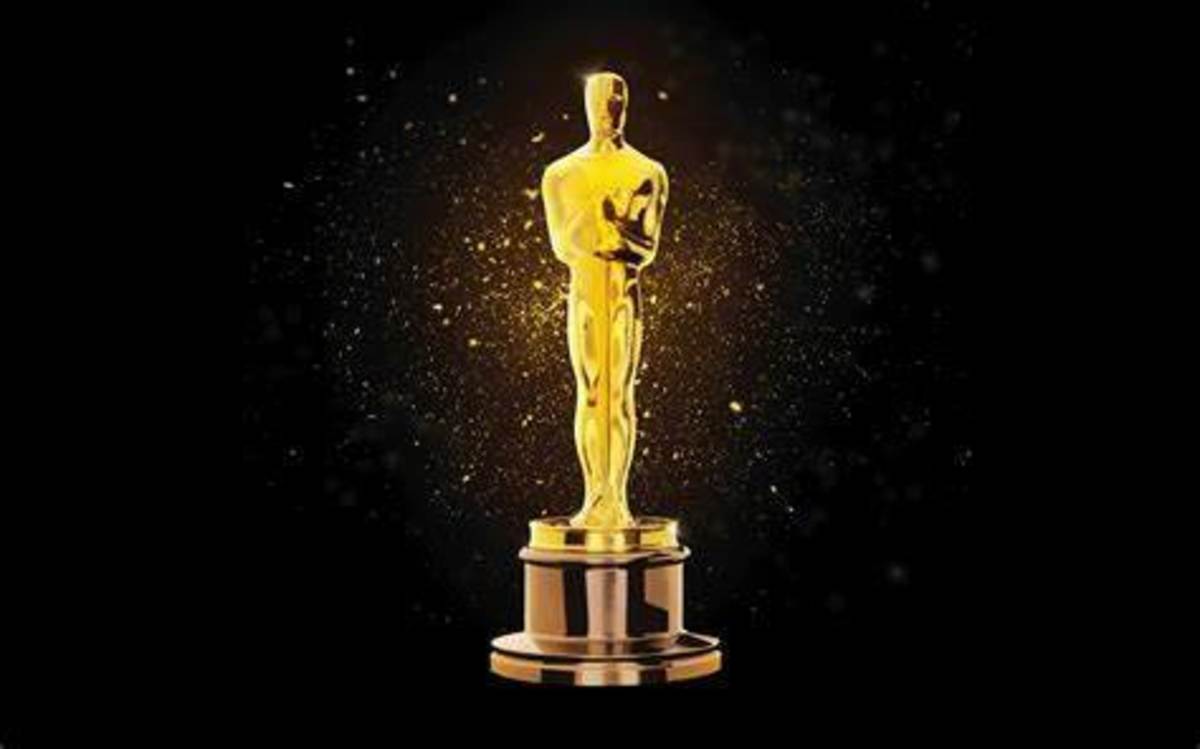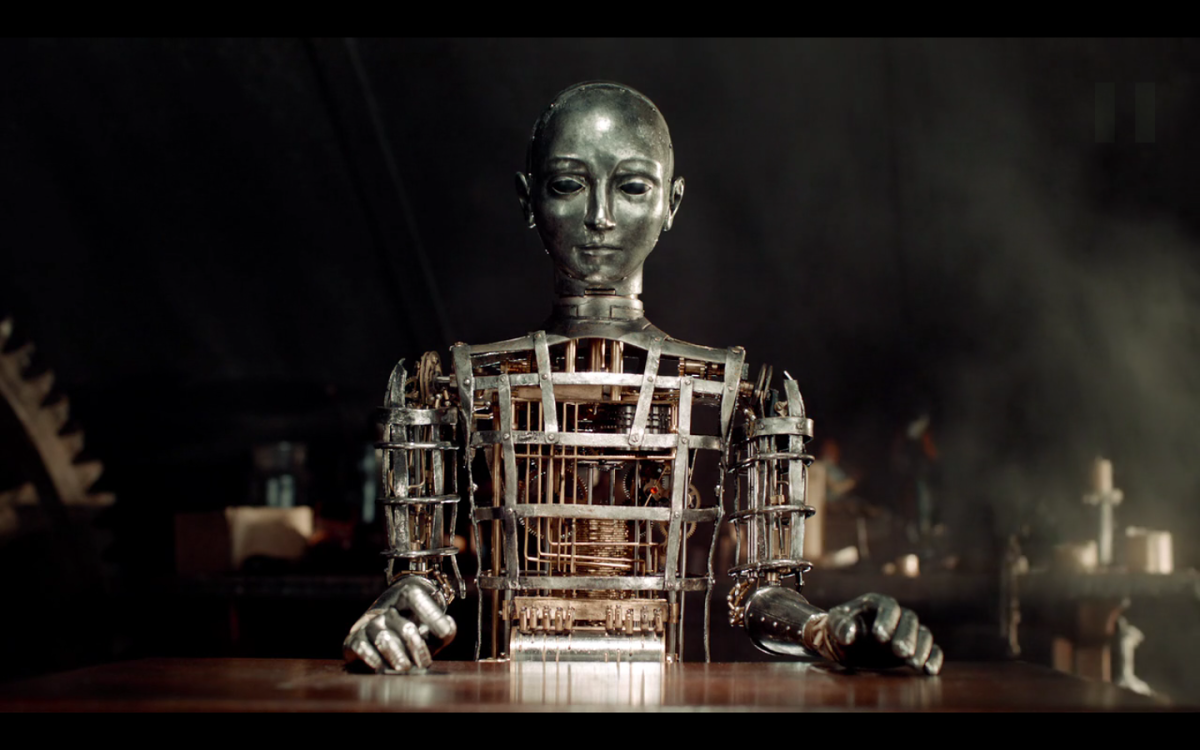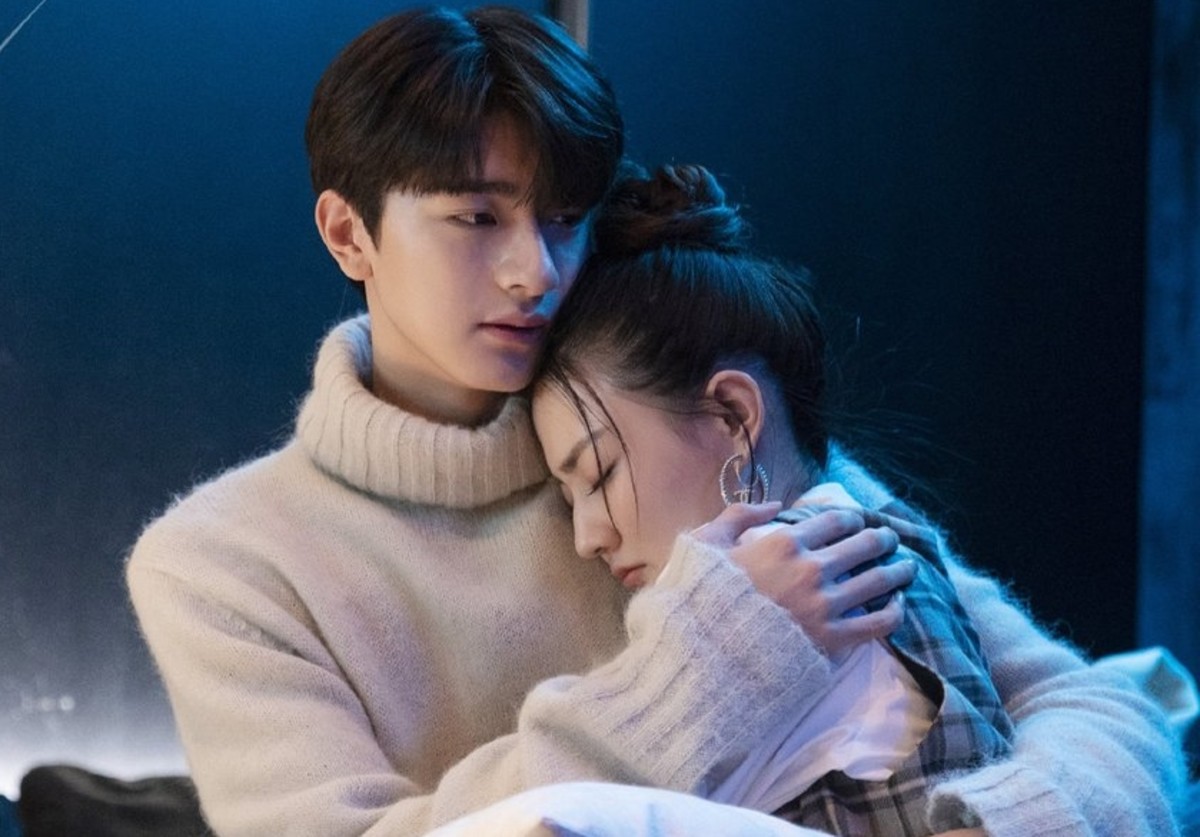The Movie Scab: La La Land.


"The scab you're picking at is called execution."
--American film producer Scott Rudin.

La La Land: Ack! Ack!
Full disclosure: I hate movie musicals. I hate musical theatre even more. And I hate movie musicals that think they're musical theatre the most.
It's a good thing Monkey Boy has a soft spot for movie musicals. He loved Hairspray (2007) and Moulin Rouge! (2001), for example. This means, then, that my hatred for musical theatre and his soft spot for movie musicals will help keep this review a little more balanced.
Before we continue, I should point out that we are in Awards Season. (November - February.) Yes, this is the time when Hollywood honors and praises itself more than any other time of the year. Of course, it does this all year long, so this isn’t anything unusual, but like a peacock showing its tail feathers to a potential mate to get its attention, during Awards Season Hollywood’s narcissism is in full and glorious display. It’s like the peacock’s on crack, its freaked out ass-feathers permanently unfurled as it prances around and squawks, “Look at me! Look at me! I matter!” The show that reveals this more than any other is the Academy Awards, a vapid and irrelevant religious ceremony disguised as television entertainment that publically worships a handful of rich and famous people who step onto the stage and congratulate themselves. As I pointed out in my last review, there is nothing more boring and meaningless than watching people who think they matter tell us they matter as they give themselves trophies that don’t matter or mean anything. That pretty much sums up the Academy Awards.
Monkey Boy tells me that maybe the Academy Awards used to matter. I’ll concede to that. Maybe it did once, long, long ago. It doesn’t anymore.
For Best Picture of 2016, the voters of the Academy of Arts And Sciences (91% white, 76% male, 100% extraordinarily wealthy) nominated nine movies. Little Sister, Hunt for the Wilderpeople and Pete’s Dragon were not included in that list and they should have been. La La Land has been nominated for 14 Academy Awards, tying with All About Eve (1951) and Titanic (1997), including Best Picture.
This means Hollywood loves La La Land. Monkey Boy and me? Not so much.
But we didn’t hate it. That’s because La La Land is nice and nice is hard to hate. But it is insufferable. It’s the nice guy of movies, which means it’s bland. You know, like that nice guy you met at a party the other night. What was his name? Yeah, that guy. The only thing you remember is that you couldn’t stand being in his company because he was so freakin’ nice.
Here’s the plot, thin as it is: La La Land is about a nice gal and guy trying to make their dreams come true in the city of Los Angeles, a.k.a., La La Land. Mia (Emma Stone) is the struggling actress who dreams of being a movie star like Meryl Streep, rich, famous and part of the 1%. Sebastian (Ryan Gosling) is the struggling jazz musician who wants to open his own club. They meet. They fall in love. They sing and dance. And guess what happens?
To be fair, the movie doesn’t white-wash reality so much that everything is happy-happy, joy-joy from beginning to end. Yes, it’s true that it doesn’t reveal much of anything about our artistic dreamers’ efforts, the work involved. It doesn’t dare to peek inside the dark side of Hollywood or the jazz musician scene. No supporting characters commit suicide by jumping off the Hollywood sign or overdosing on heroin. La La Land is unabashed fantasy. But there are a couple of honest moments, which would include (to some degree) the ending, and there are some visuals that inspire--the bit at the Griffith Observatory, for example, when Mia and Sebastian break into the planetarium and float up into clouds and stars--but there aren’t enough of those moments to save the movie from the core of its nice problem. That means the dance sequences are nice and uninspiring. The singing and songs are nice and forgettable. The characters are nice and unbelievable. Because of that, everything has a false ring to it, which means Monkey Boy and I didn’t believe any of it. Not a second. And to care (and remember), you’ve got to believe.
The movie is pure baby formula and unapologetically sticks to that formula from beginning to end. And that’s fine because, well, you know: It’s nice. Now, I may be a cynical bastard, but I can still recognize that sometimes nice is good. Sometimes we need nice. After the terrible, horrible, no-good, very bad year 2016 turned out to be, with all those crappy movies, politicians and our ugly American behavior, what we need is a nice, long shower, clean ourselves off and start afresh, and La La Land fits the bill. I think that explains the appeal, how a mundane movie like La La Land can be so successful. It’s not because it’s brilliant moviemaking. It’s simply because we really, really need nice right now.
And, yeah, that’s nice.
But it doesn’t matter how bad we need it. Nice is never spectacular and neither is La La Land. Nice is just nice. La La Land doesn’t leave a lasting impression, other than, you know, shallow, in the sense of “...lacking depth of intellect, emotion or knowledge” (The Free Dictionary). La La Land may supply a need because we all suck so bad, but it’s sugary icing and no cake. At the end of the party, it does not satisfy.
It’s not that the movie doesn’t try. In fact, it tries really, really hard, and you can see the effort in every frame--but that’s not such a good thing because it gives you the sense that director/writer Damien Chazelle (2014’s Whiplash) tried waaay to hard. It’s like he’s force-feeding canned spinach to a theatre full of babies who hate canned spinach, pulling their hair so that they’ll open their mouths. “Eat it!” he shouts. “It’s spectacular! It’s slick and slimy! It’s good for you!”
I hate musical theatre exactly for that reason. David Fairhurst, writer at Backstage, nailed it, summing up why musical theatre sucks: “While there may be real passion and humanity up there, it's buried beneath musical theatre's slick, soulless, impeccably groomed, perfectly articulated package.”
La La Land.
The opening scene is a perfect example. It's pure musical theatre, about as soulless as it gets. It opens with a six-minute, super happy dance number consisting of three separate shots stuck together so that it looks like an unedited take (shot over two days, as a matter of fact, and, OK, the technical wizardry behind that is impressive). It’s set on an LA freeway jam-packed with traffic. As the camera zooms by vehicle after vehicle, we see a young woman slumped behind the wheel of her car. You know the instant you see her that she’s not a pissed off driver stuck in traffic but is instead a dancer who is going to sing and dance her way through the super happy number that’s meant to inspire us. When she does exactly that, everyone else joins her and they sing and dance on top of their cars, old people, young people, fat people, skinny people, all kinds of people. They leap and jump and smile and sing as the smog in the valley swirls beautifully in the background. When it ends with its big finish, the title is slammed onto the screen--La La Land--and we’re supposed to be wowed! Awed! Feel spectacular! The audience was supposed to break out in wild, slavering applause!
Crickets. Crickets in the theatre. I saw people looking at their smartphones. If it was live musical theatre, the poor actors and dancers would have had to endure the silence.
I felt like throwing up. The reason for that is because there wasn’t an honest moment in the opening and it made me feel like a baby that had just been force-fed slick and slimy canned spinach.
You can't force me to be feel happy. Pulling my hair to make me open my mouth and eat it isn't going to work. You are going to have to be cleverer than that.
As to our ineffable dreamers, Mia and Sebastian, our star-crossed lovers, saying that they’re one-dimensional is understatement. The performances rise above the material, however. Gosling works what little he has to work with, making Sebastian as interesting as he can. Emma Stone does the same thing with Mia, works hard, but it’s tough to inspire when the characters are thin as tissue paper. We never learn anything about these people, other than they’re dreamers in love with themselves, each other and their dreams. It doesn’t matter if Emma Stone’s acting breaks your heart when her sad bulging pug eyeballs fill with tears or if Gosling’s laid-back cool and piano fakery impresses you (he studied for three months on how to fake playing jazz piano), when you don’t believe anything about the characters you don’t care.
Toward the end of the film, Emma Stone has her big solo number called “Audition.” The subtitle is (oh my ack!) “The Fools Who Dream.” Like every frame of this movie, it’s meant to inspire us--come hell or high water, dammit. But it’s hard to feel inspired by a struggling actress who weeps tears of self-pity because she’s a foolish dreamer who dares to pursue her dreams.
Here’s the chorus:
Here's to the ones who dream
Foolish as they may seem
Here's to the hearts that ache
Here's to the mess we make
Oh! My! Ack!
Which takes me back to the shallowness of musical theatre. In real life, jazz piano virtuoso Thelonious Monk received years of rigorous training. Clearly, three months of training how to fake jazz piano does not a jazz pianist make you. It simply means you can fake it well. The same can be said of director Damien Chazelle. He can try as hard as he likes to fake it, wrap it up in a nice and tidy slick package, but faking it will only get you as far as nice.
Nice makes you feel good, right? Sure it does. But no one remembers nice. Here. I can prove it to you:
Monkey Boy and I saw this movie with my mother. She grew up on movies like this. They were common in her youth. After we walked out of the theatre, she said, “Well. That was nice, wasn’t it?” And I said, “Yeah, it was.” And then she said, “But it was kind of flat. And too long and drawn out. I was bored toward the end. I didn’t believe any of it. What was it called again?”
That’s the big difference between Pete’s Dragon and La La Land. They’re both fantasies, but Pete’s Dragon makes you (almost) believe in magic. La La Land doesn’t.
Finally, why do movie musicals like Moulin Rouge! and Hairspray inspire, while La La Land doesn’t? They’re musical theatre movies. They have big musical theatre dance numbers. They’re fantasies. The answer is simple and you know it, of course, but I’ll say it out loud anyway: Moulin Rouge! and Hairspray aren’t nice. They’re spectacular.
My rating: First, make sure you’re dressed for a night of nice musical theatre. Think Broadway musicals, so... Tux, evening gown or both. Because you’re going to have to get nice and liquored up to attain the level of niceness you’ll need to enjoy this one, call a taxi and while you’re waiting knock back a Blues Brothers Orange Whip. When the taxi arrives, tell the driver to take you to Walmart. While riding in the car, drink a bottle of Andre champagne as fast as you can. Mind the bubbles. When you get to Walmart, enter the store and pretend you’re a rich and famous movie star slumming it with the common people that pay your bills. If you’re in a Walmart that sells alcohol, pop open a Michelob Ultra, chug that puppy, then return to the taxi. Have a dirty martini with extra olives, then have another one for good measure. Tell the driver to take you to the closest bar where you will down a nice and tasty Les Fizz, Phantom Shmantom, Wickedness, Rent Sucks and Chorus Lines. At that point, ask the taxi driver to escort you the movie theatre and have a super nice time watching La La Land.








